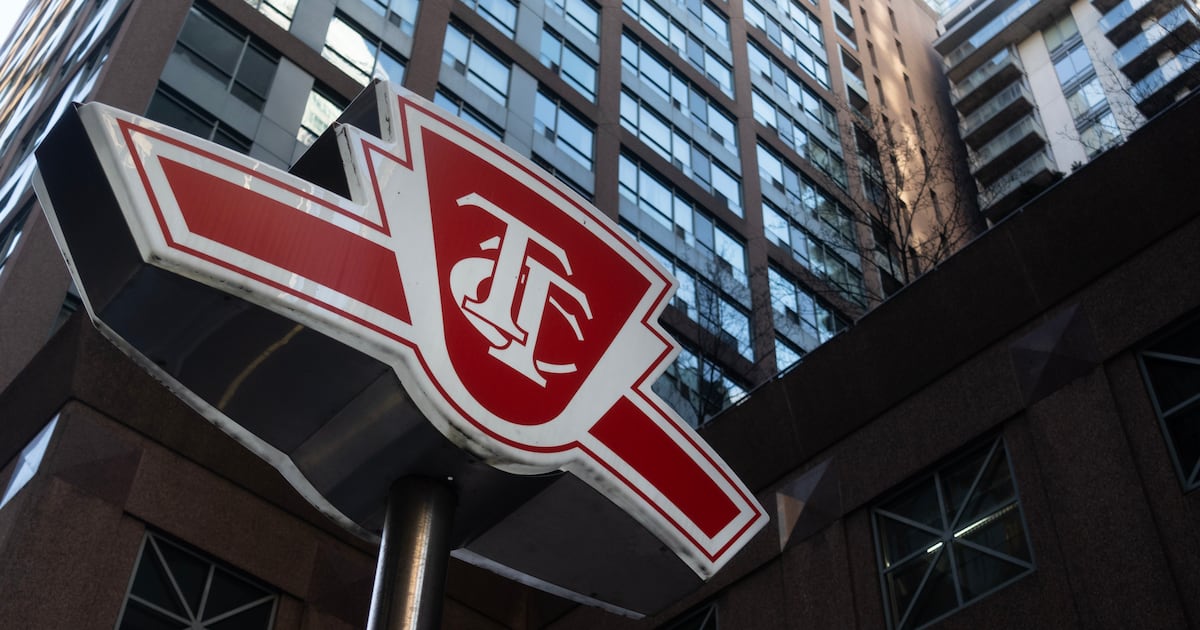Technology
Toronto Transit Faces Delays as On-Time Performance Drops

Toronto’s public transit system is grappling with significant delays, with buses and streetcars running late nearly 40 percent of the time in September 2023. A report released by the Toronto Transit Commission (TTC) on October 3 indicated that streetcars met their schedules only 61 percent of the time, a 3 percent decline from the same month last year.
The TTC defines an on-time departure as occurring at or within five minutes after the scheduled time. The agency aims for a target of 90 percent on-time performance across all transit services. In September, bus services also fell short of expectations, achieving an on-time rate of 74 percent, compared to 82 percent during the same period in 2022. In contrast, the subway system met its performance target with a commendable 91 percent on-time rate.
Contributing to these delays, the report highlighted a decrease in operational reliability and average speed for buses and streetcars. The challenges arose from worsening traffic congestion, along with financial difficulties stemming from reduced ridership. The TTC reported 41 million revenue rides between August 24 and September 27, which is 5.1 percent below the budgeted expectations. Year-to-date passenger revenue also fell short by 3.8 percent, resulting in a financial shortfall of approximately $30.1 million.
The decline in ridership has been attributed to various factors, including a decrease in international postsecondary students, poor weather conditions, and a weaker-than-expected economic climate. In the report, TTC CEO Mandeep Lali noted, “We are responding with a ridership growth strategy that will outline clear priorities and recommendations to support recovery and growth.” He emphasized the need for the TTC to deliver reliable, accessible, and efficient service, acknowledging that the organization has not yet achieved its targets but is taking steps to improve.
Customer satisfaction with the TTC has also declined, dropping to 68 percent in September, significantly below the agency’s target of 84 percent. This figure represents a decrease from pre-pandemic satisfaction levels, which stood at 83 percent. The TTC believes that increased demand, as more individuals return to in-person work, coupled with enhanced fare compliance strategies, may help alleviate some of the challenges it currently faces.
As the TTC navigates these issues, officials are closely monitoring ridership trends this fall, particularly as more people resume in-office work. The organization is committed to implementing measures that will improve service reliability and customer satisfaction while addressing the ongoing financial challenges posed by reduced ridership.
-

 Education3 months ago
Education3 months agoBrandon University’s Failed $5 Million Project Sparks Oversight Review
-

 Science4 months ago
Science4 months agoMicrosoft Confirms U.S. Law Overrules Canadian Data Sovereignty
-

 Lifestyle3 months ago
Lifestyle3 months agoWinnipeg Celebrates Culinary Creativity During Le Burger Week 2025
-

 Health4 months ago
Health4 months agoMontreal’s Groupe Marcelle Leads Canadian Cosmetic Industry Growth
-

 Science4 months ago
Science4 months agoTech Innovator Amandipp Singh Transforms Hiring for Disabled
-

 Technology4 months ago
Technology4 months agoDragon Ball: Sparking! Zero Launching on Switch and Switch 2 This November
-

 Education4 months ago
Education4 months agoRed River College Launches New Programs to Address Industry Needs
-

 Technology4 months ago
Technology4 months agoGoogle Pixel 10 Pro Fold Specs Unveiled Ahead of Launch
-

 Business3 months ago
Business3 months agoRocket Lab Reports Strong Q2 2025 Revenue Growth and Future Plans
-

 Technology2 months ago
Technology2 months agoDiscord Faces Serious Security Breach Affecting Millions
-

 Education4 months ago
Education4 months agoAlberta Teachers’ Strike: Potential Impacts on Students and Families
-

 Education4 months ago
Education4 months agoNew SĆIȺNEW̱ SṮEȽIṮḴEȽ Elementary Opens in Langford for 2025/2026 Year
-

 Science4 months ago
Science4 months agoChina’s Wukong Spacesuit Sets New Standard for AI in Space
-

 Business4 months ago
Business4 months agoBNA Brewing to Open New Bowling Alley in Downtown Penticton
-

 Business4 months ago
Business4 months agoNew Estimates Reveal ChatGPT-5 Energy Use Could Soar
-

 Technology4 months ago
Technology4 months agoWorld of Warcraft Players Buzz Over 19-Quest Bee Challenge
-

 Business4 months ago
Business4 months agoDawson City Residents Rally Around Buy Canadian Movement
-

 Technology2 months ago
Technology2 months agoHuawei MatePad 12X Redefines Tablet Experience for Professionals
-

 Technology4 months ago
Technology4 months agoFuture Entertainment Launches DDoD with Gameplay Trailer Showcase
-

 Top Stories3 months ago
Top Stories3 months agoBlue Jays Shift José Berríos to Bullpen Ahead of Playoffs
-

 Technology4 months ago
Technology4 months agoGlobal Launch of Ragnarok M: Classic Set for September 3, 2025
-

 Technology4 months ago
Technology4 months agoInnovative 140W GaN Travel Adapter Combines Power and Convenience
-

 Science4 months ago
Science4 months agoXi Labs Innovates with New AI Operating System Set for 2025 Launch
-

 Technology4 months ago
Technology4 months agoNew IDR01 Smart Ring Offers Advanced Sports Tracking for $169










